Subtle behaviors often signal a brewing problem.
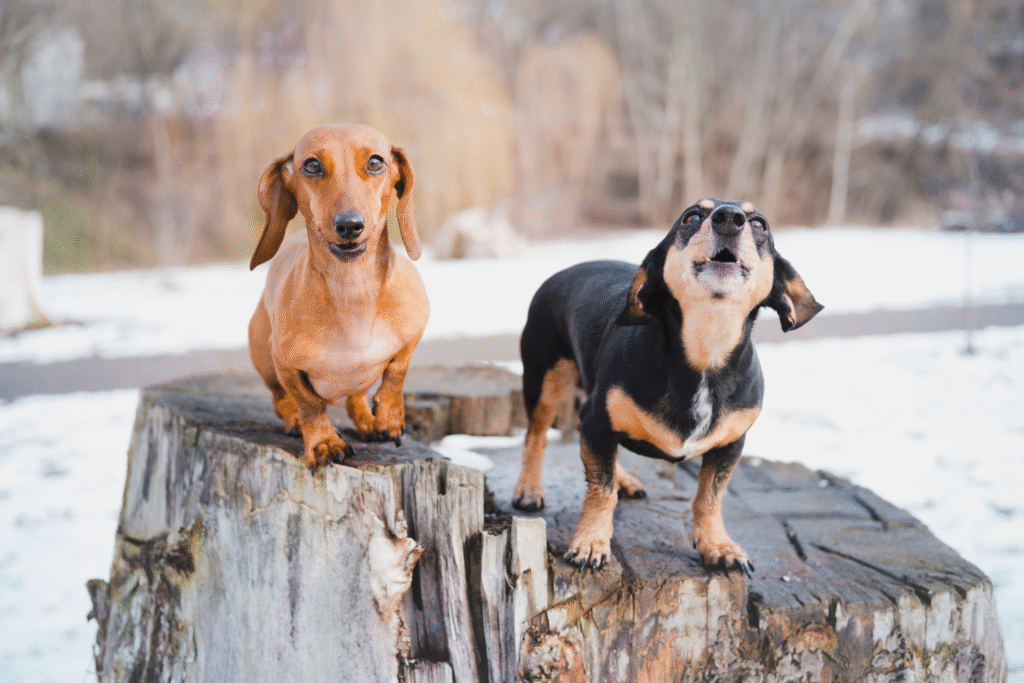
Aggression in dogs rarely appears overnight. Most of the time, the warning signs are subtle, layered into everyday behaviors that owners might not think twice about. What starts as a stiff posture or a low growl can quietly build into something much harder to manage if overlooked. Researchers studying canine behavior have found that many dogs show early cues long before aggression escalates, and recognizing these moments is the key to prevention. By paying attention to the quieter signals, owners can often step in early, adjusting routines, environments, or training approaches before those behaviors solidify into something dangerous.
1. Stiffened body posture that lasts too long.
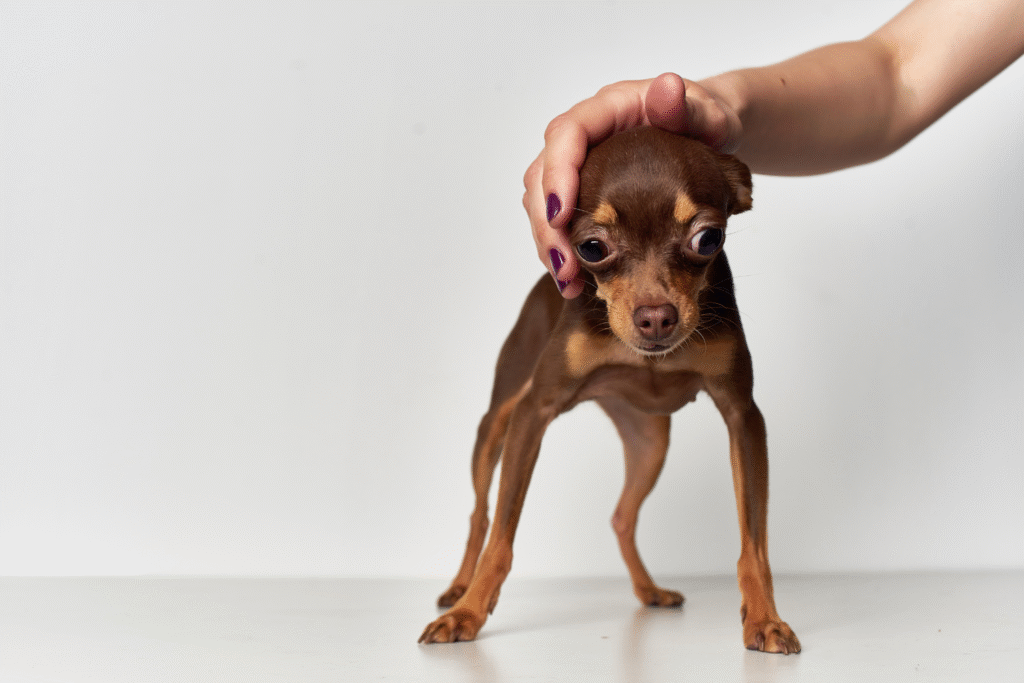
A dog who freezes in place, muscles tight and tail locked, is communicating more than a passing mood. According to the American Veterinary Medical Association, tension in posture often signals underlying discomfort or a brewing defensive response. Unlike relaxed alertness, stiffness lingers, showing the dog is processing unease rather than curiosity. Owners who miss this detail may later be surprised when the dog escalates. What looks like a quiet pause is actually an early stage of conflict management, one that reveals how close the dog is to tipping into protective or aggressive behavior.
2. Growling becomes more frequent in routine moments.
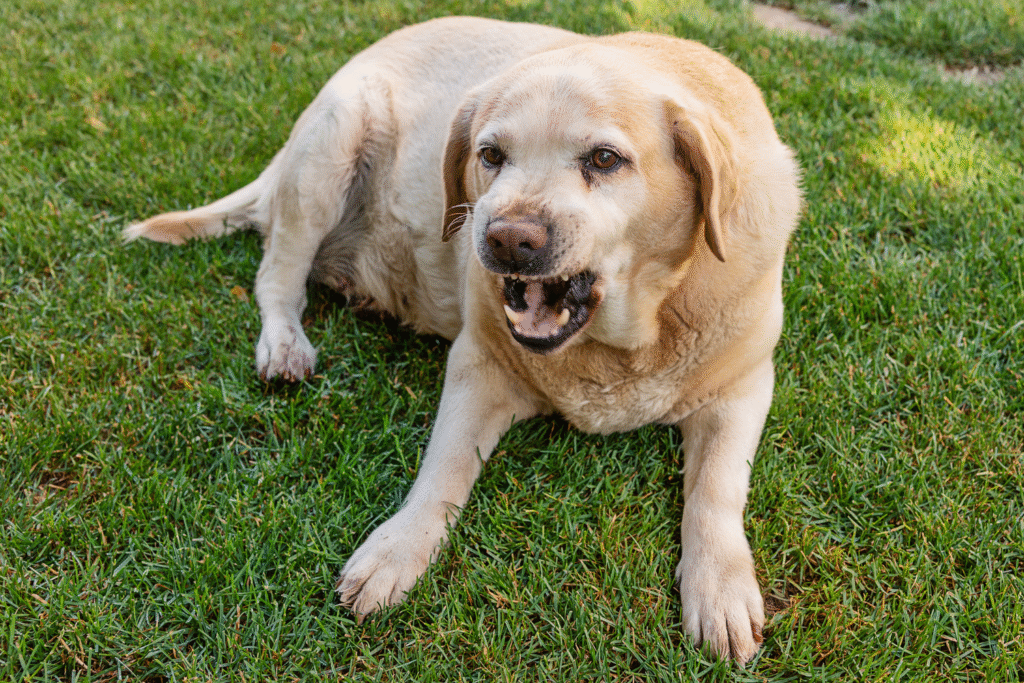
Low growls often get dismissed as attitude, yet when they creep into everyday life—during meals, grooming, or even when moving a toy—they point to deeper stress. Behaviorists note that growling should never be ignored, as stated by the American Society for the Prevention of Cruelty to Animals, since it is one of the earliest signals of potential aggression. Dogs use growling to communicate discomfort before they escalate further. Ignoring it doesn’t remove the cause, it simply pushes them closer to snapping. That familiar rumble, once considered harmless, suddenly carries more weight when it shows up consistently in daily interactions.
3. A fixed stare holds longer than feels normal.

Eye contact in dogs can be affectionate, but when a stare becomes unblinking and rigid, it shifts into warning territory. Studies published in Applied Animal Behaviour Science discovered that prolonged staring often precedes aggressive responses, especially when combined with stiff posture. Owners may confuse this with focus, but the difference lies in intensity. The gaze feels sharp, locked, and unnervingly still, as if the dog is bracing for something. This tiny change in expression often happens before any growl or bark, making it one of the most easily overlooked yet important signs to watch.
4. Ears flatten while the jaw locks tightly.

The face tells its own story long before teeth are shown. Flattened ears pressed close to the skull paired with a rigid jaw suggest a defensive state. Dogs in this moment are gauging whether to retreat or lash out, and the tension in their features gives away the conflict. Unlike playful ear movements or panting, this expression holds still, almost frozen. The lack of movement communicates unease more loudly than sound could, and those who recognize it understand they’re seeing a dog struggling to cope with what’s in front of them.
5. Tail movements no longer match the situation.

A wagging tail is often misread as happiness, but the truth is more complex. A stiff, high-held wag can signal agitation rather than joy. The speed and direction of the movement matter, with rapid, tight wags showing heightened arousal. In moments of stress, this tail language becomes one of the clearest indicators of an underlying problem. Unlike loose, sweeping wags, this motion feels sharp and tense, almost like a warning flag. Owners who learn the difference start realizing their dog’s tail often says what the mouth doesn’t.
6. Resource guarding shifts from mild to severe.

Many dogs guard food, toys, or sleeping spaces lightly, but when guarding escalates, it takes on a sharp edge. What begins with a stiffening of the body can grow into snarling or lunging when someone approaches. The intensity reveals anxiety about control and loss, where the dog sees threats everywhere. Families often mistake this as stubbornness until it becomes disruptive or dangerous. By the time snapping enters the picture, the guarding has already deepened into something much more complicated.
7. Snapping happens without making full contact.
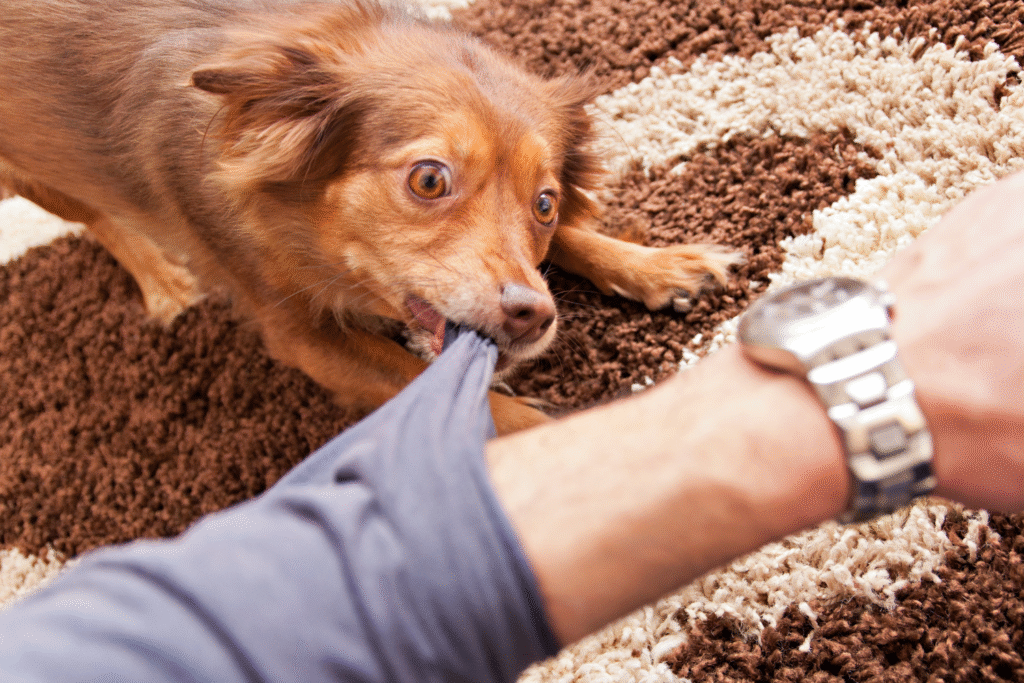
Air snaps—those quick bites that don’t land—are warning shots. They often appear when earlier cues like growling or staring were ignored. The absence of contact doesn’t mean safety; it means the dog is teetering at the edge of self-control. This moment shows restraint paired with desperation, as if the dog is saying, “I’m done warning.” Owners who see it as harmless forget that the next step is often a real bite, delivered when the dog feels there’s no other way to be heard.
8. Sudden changes in play reveal hidden tension.
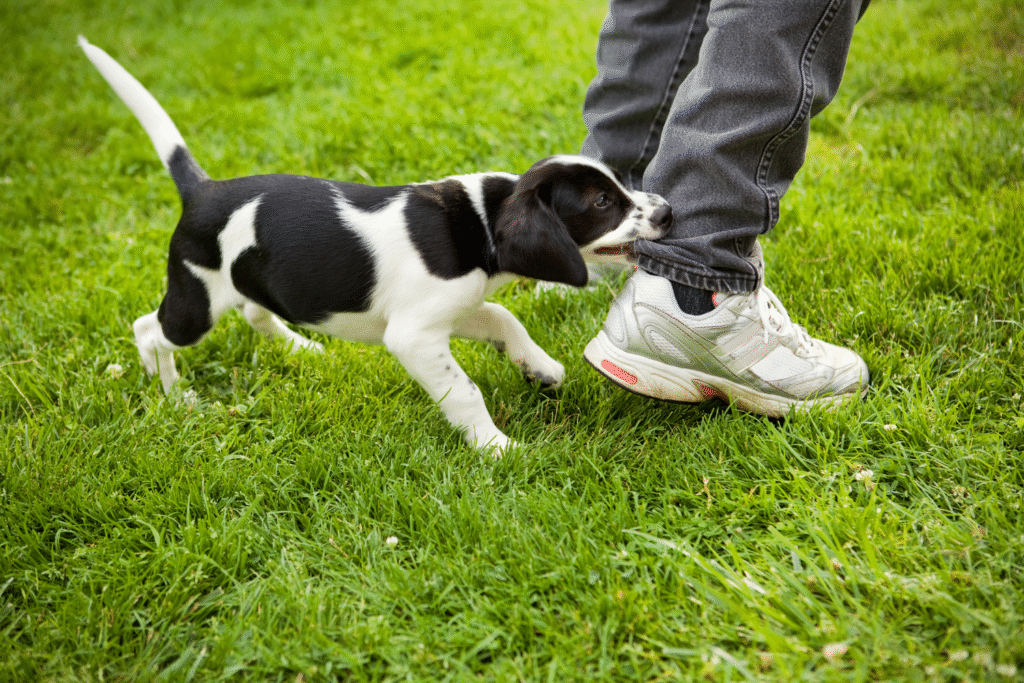
Play is usually loose, bouncy, and full of give-and-take. When tension sneaks into it—stiff movements, hard bites, or sudden freezes—it stops being play. Dogs can shift from joy to agitation quickly, especially if overstimulated or uncomfortable with another dog or person. These sharp changes may be dismissed as excitement, but the undercurrent is agitation building faster than expected. Recognizing the shift allows owners to pause the game before it spirals into conflict.
9. Triggers expand beyond the original source.
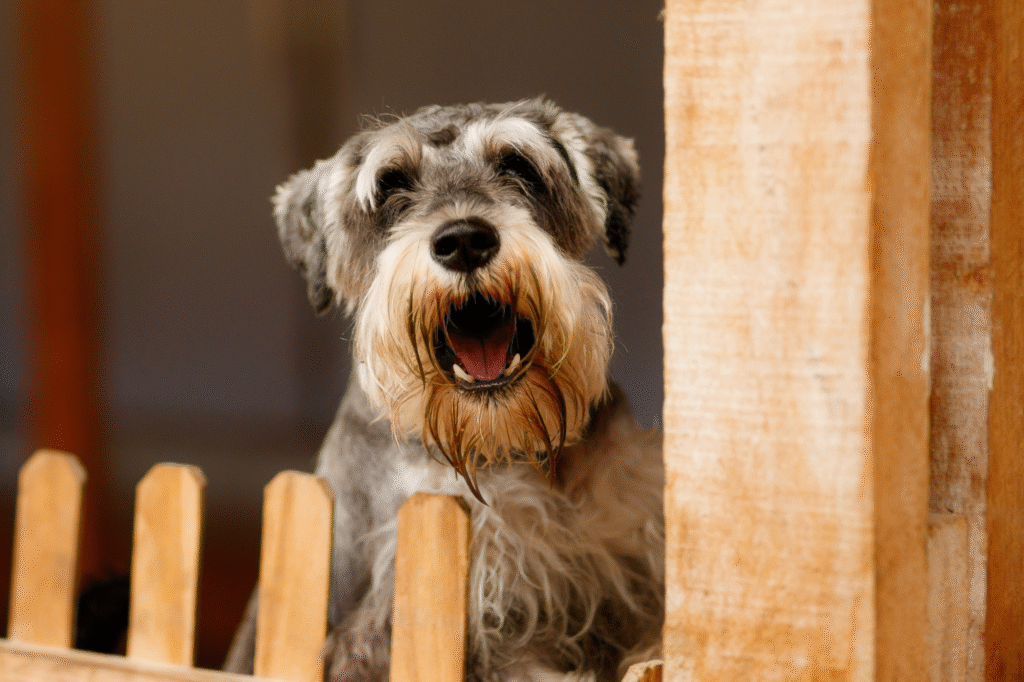
Aggression often begins with a single trigger, like food or strangers, but anxious dogs can start generalizing. A growl at one visitor turns into a growl at everyone. The bark at a delivery driver turns into a bark at every noise. This widening circle shows the dog’s nervous system is becoming more reactive. Instead of resolving with time, the sensitivity spreads, creating an environment where the dog feels under siege. Owners often notice the shift too late, after the number of triggers has already multiplied.
10. Recovery after stress takes much longer than before.

When an anxious or reactive dog doesn’t calm quickly, it points to heightened stress thresholds. After an incident—whether a bark, snap, or growl—a healthy dog should return to baseline within minutes. An aggressive dog, however, stays elevated, pacing or panting long after the event. This slow recovery reveals that the nervous system is holding onto arousal rather than letting it go. That lingering tension keeps the risk of escalation high, making the aftermath almost as telling as the incident itself.
